“Wai (water) is the source of life,” says Hi‘inani Blakesley, cultural advisor and massage therapist at Halekulani. “Without wai, there is no life. That is why it is so important to take care of the ocean. If we lose it, our race will cease to exist.” Like many ancient cultures around the world, Hawaiians believed that water was not only a liquid useful for drinking and bathing, but also that it was the key to spiritual, emotional, and physical wellbeing. Located in and near the historic region of Waikīkī are four sacred healing sites, where the power of water demonstrates the interconnectedness of the ‘āina (land), kānaka maoli (native people), and mo‘olelo (history).
Kawehewehe
Upon arrival at Halekulani, visitors get a sense of its long history as the earliest known settlement site of ancient Polynesian voyagers. Stroll along the historical building, where two of Honolulu’s premier restaurants—Orchids and La Mer—are located, then head toward the swimming pool, and on to Gray’s Beach, which fronts the hotel. Here, you will find the healing waters of Kawehewehe, translating to “the opening up,” according to Blakesley. “The waters from Mānoa Valley flow right under the hotel and out to the ocean,” Blakesley explains. “You can see a clear sandy channel, and you can feel the ice jets—the wai (freshwater) kīkī (spout). It was here that ancient Hawaiians used to bathe in the blessed water to disconnect and cleanse any burdens.”
Kumulae
At the site of The Willows Restaurant on Honolulu’s Hausten Street are the remnants of a loko wai (freshwater pond) known for its healing powers. The pond was a favorite of Princess Kamāmalu, sister of Kamehameha IV and V. When she died in 1866, it was left to Bernice Pauahi Bishop and the Bishop Trust. In the 1920s, it became the home of Emma McGuire Hausten, who planted white ginger, water lilies, plumeria, willows, kukui nut trees, breadfruit, and Hawaiian herbs and medicinal plants. She also filled the pond with koi fish. Unfortunately, in 1934, a construction project downslope struck a master conduit of the karst spring that it drained into, and the ponds vanished. The leak was repaired, but the flow of the underground cave network is changed forever.
Kanewai
The land surrounding Kanewai was once a thriving area for kalo (taro) production. Located alongside the University of Hawai‘i at Mānoa’s Hawaiian Studies Department, Kanewai existed as a large underground pool fed by the waters of the Ko‘olau Range and Mānoa Stream. Ancient Hawaiians believed that fish used to swim up to the pool, overhear the plans of fishermen, and then float back down to warn their friends. “Queen Lili‘uokalani would often go to the waters of Kanewai for her health,” Blakesley says. “Even missionaries heard word of the waters and would bathe in them.”
Kapaemahu
Legend tells of four healers who came from Tahiti to Hawai‘i and spent many years doing divine work. When it came time for them to return home, the healers asked the Hawaiians to find four stones to represent each of them. Thousands gathered to roll four bell stones—made of basaltic rock that carries a tonal ring when struck—from a quarry in Kaimukī to Waikīkī, where the healers fused their mana (healing powers) into them. Two stones were placed at the healers’ former residence in Ulukou (where the Hawaiian Regent Hotel stands today), and the other two at their favorite bathing spot in the sea. Eventually, these stones were relocated to Governor Archibald Cleghorn’s estate, which was leased out in 1941 for the construction of a bowling alley. (Today, this is where Moana Surfrider stands.) When the bowling alley was demolished, all four stones were found together, and they remain today beside the Waikīkī police station, a symbol of Hawai‘i’s past affixed in the present.
Discover the rich past of Halekulani and the surrounding areas of Waikīkī on the Legacy Tour, led by Blakesley, and learn about ancient Hawaiian culture and its role in shaping Halekulani. Complimentary tours take place twice a week. Contact the concierge for more information.
“Wai (water) is the source of life,” says Hi‘inani Blakesley, cultural advisor and massage therapist at Halekulani. “Without wai, there is no life. That is why it is so important to take care of the ocean. If we lose it, our race will cease to exist.” Like many ancient cultures around the world, Hawaiians believed that water was not only a liquid useful for drinking and bathing, but also that it was the key to spiritual, emotional, and physical wellbeing. Located in and near the historic region of Waikīkī are four sacred healing sites, where the power of water demonstrates the interconnectedness of the ‘āina (land), kānaka maoli (native people), and mo‘olelo (history).
Kawehewehe
Upon arrival at Halekulani, visitors get a sense of its long history as the earliest known settlement site of ancient Polynesian voyagers. Stroll along the historical building, where two of Honolulu’s premier restaurants—Orchids and La Mer—are located, then head toward the swimming pool, and on to Gray’s Beach, which fronts the hotel. Here, you will find the healing waters of Kawehewehe, translating to “the opening up,” according to Blakesley. “The waters from Mānoa Valley flow right under the hotel and out to the ocean,” Blakesley explains. “You can see a clear sandy channel, and you can feel the ice jets—the wai (freshwater) kīkī (spout). It was here that ancient Hawaiians used to bathe in the blessed water to disconnect and cleanse any burdens.”
Kumulae
At the site of The Willows Restaurant on Honolulu’s Hausten Street are the remnants of a loko wai (freshwater pond) known for its healing powers. The pond was a favorite of Princess Kamāmalu, sister of Kamehameha IV and V. When she died in 1866, it was left to Bernice Pauahi Bishop and the Bishop Trust. In the 1920s, it became the home of Emma McGuire Hausten, who planted white ginger, water lilies, plumeria, willows, kukui nut trees, breadfruit, and Hawaiian herbs and medicinal plants. She also filled the pond with koi fish. Unfortunately, in 1934, a construction project downslope struck a master conduit of the karst spring that it drained into, and the ponds vanished. The leak was repaired, but the flow of the underground cave network is changed forever.
Kanewai
The land surrounding Kanewai was once a thriving area for kalo (taro) production. Located alongside the University of Hawai‘i at Mānoa’s Hawaiian Studies Department, Kanewai existed as a large underground pool fed by the waters of the Ko‘olau Range and Mānoa Stream. Ancient Hawaiians believed that fish used to swim up to the pool, overhear the plans of fishermen, and then float back down to warn their friends. “Queen Lili‘uokalani would often go to the waters of Kanewai for her health,” Blakesley says. “Even missionaries heard word of the waters and would bathe in them.”
Kapaemahu
Legend tells of four healers who came from Tahiti to Hawai‘i and spent many years doing divine work. When it came time for them to return home, the healers asked the Hawaiians to find four stones to represent each of them. Thousands gathered to roll four bell stones—made of basaltic rock that carries a tonal ring when struck—from a quarry in Kaimukī to Waikīkī, where the healers fused their mana (healing powers) into them. Two stones were placed at the healers’ former residence in Ulukou (where the Hawaiian Regent Hotel stands today), and the other two at their favorite bathing spot in the sea. Eventually, these stones were relocated to Governor Archibald Cleghorn’s estate, which was leased out in 1941 for the construction of a bowling alley. (Today, this is where Moana Surfrider stands.) When the bowling alley was demolished, all four stones were found together, and they remain today beside the Waikīkī police station, a symbol of Hawai‘i’s past affixed in the present.
Discover the rich past of Halekulani and the surrounding areas of Waikīkī on the Legacy Tour, led by Blakesley, and learn about ancient Hawaiian culture and its role in shaping Halekulani. Complimentary tours take place twice a week. Contact the concierge for more information.
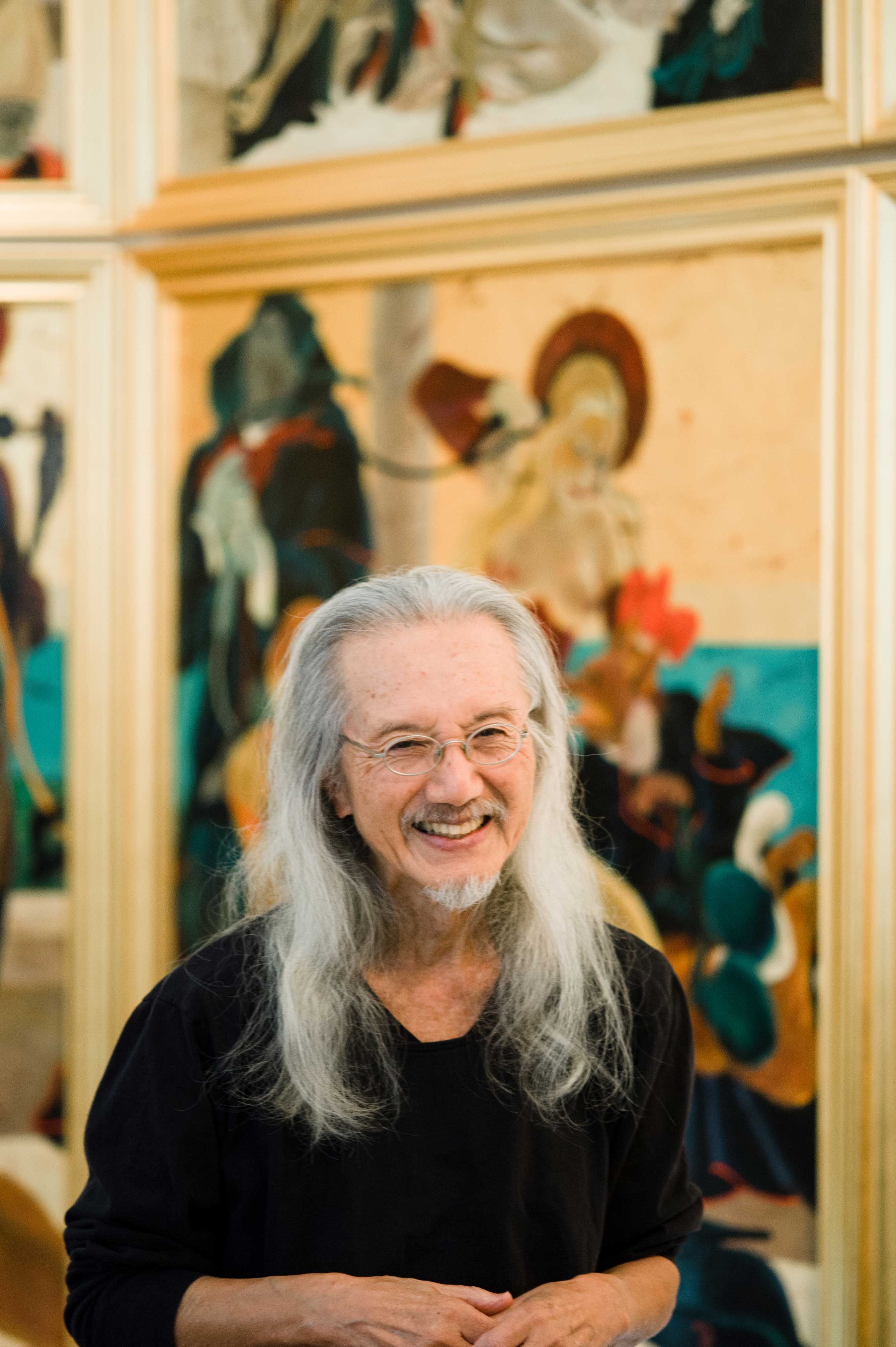
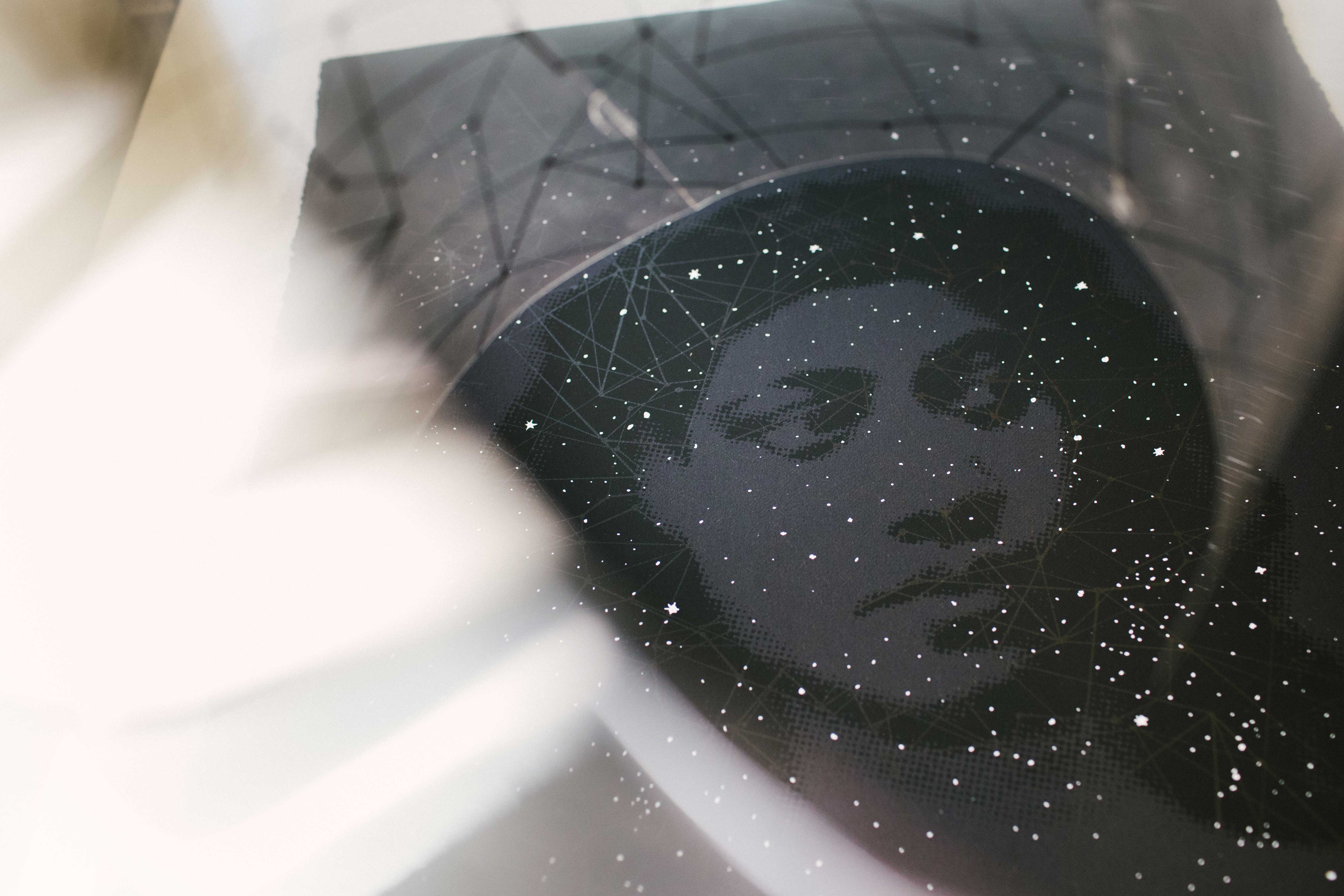


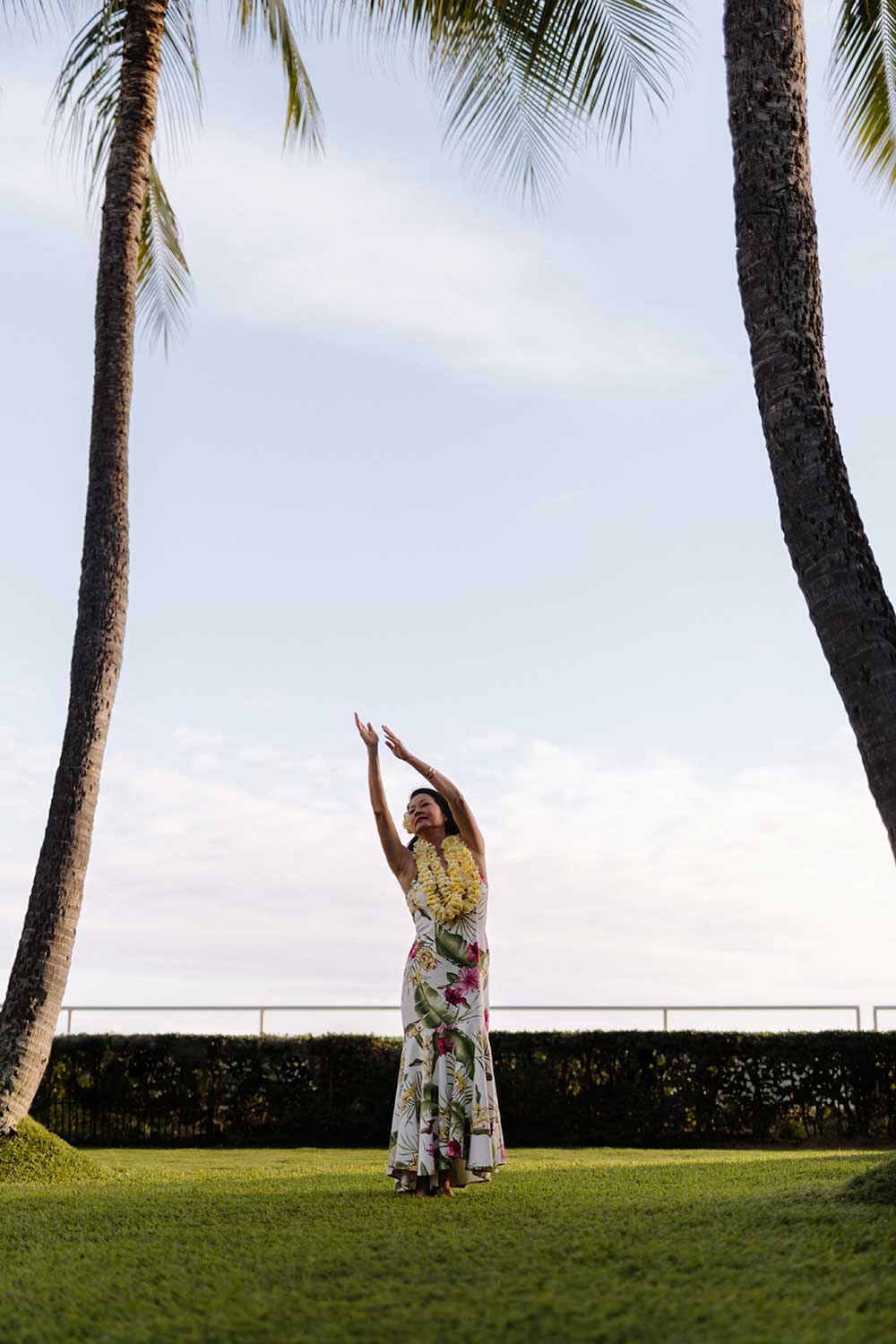
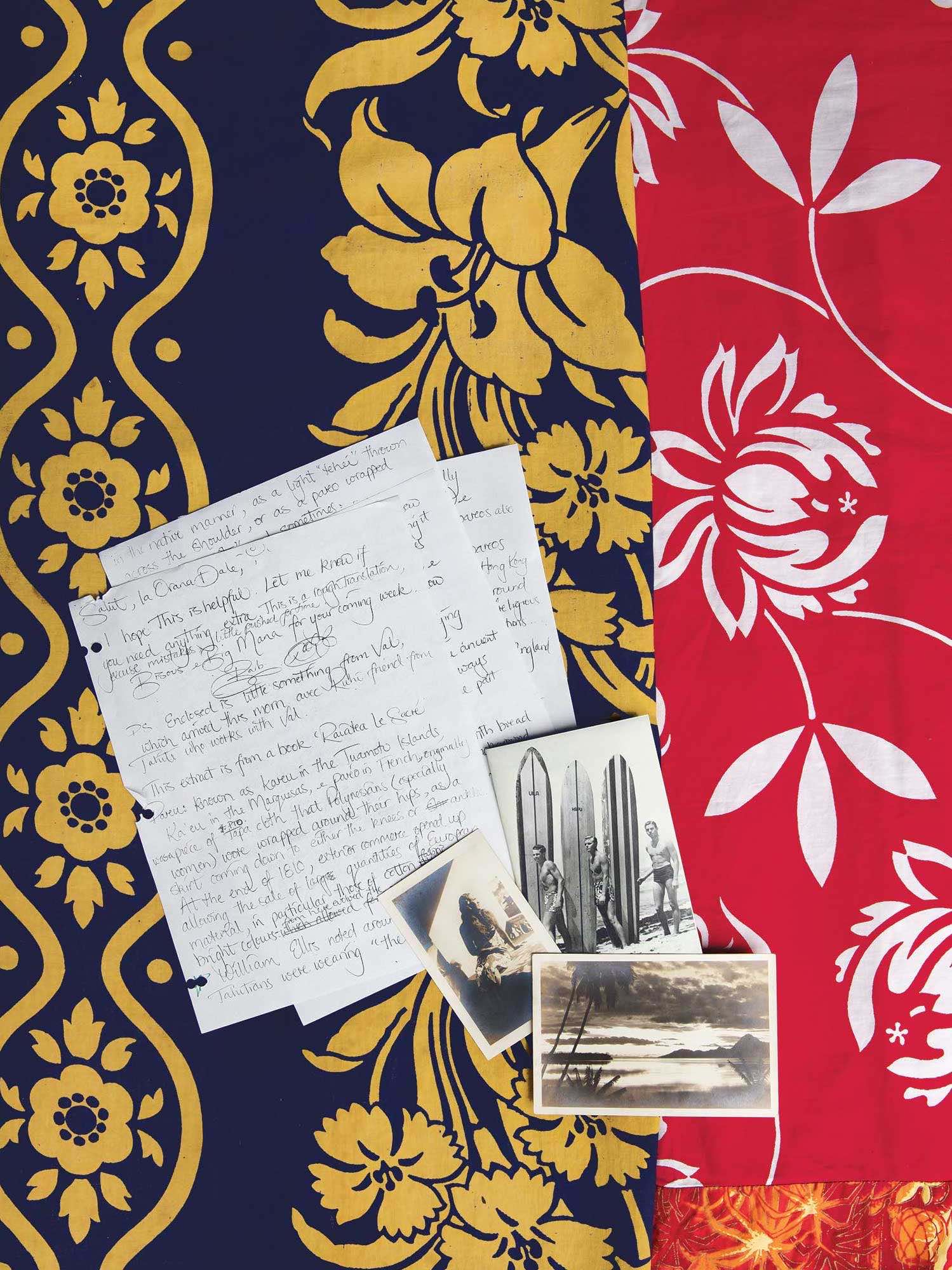
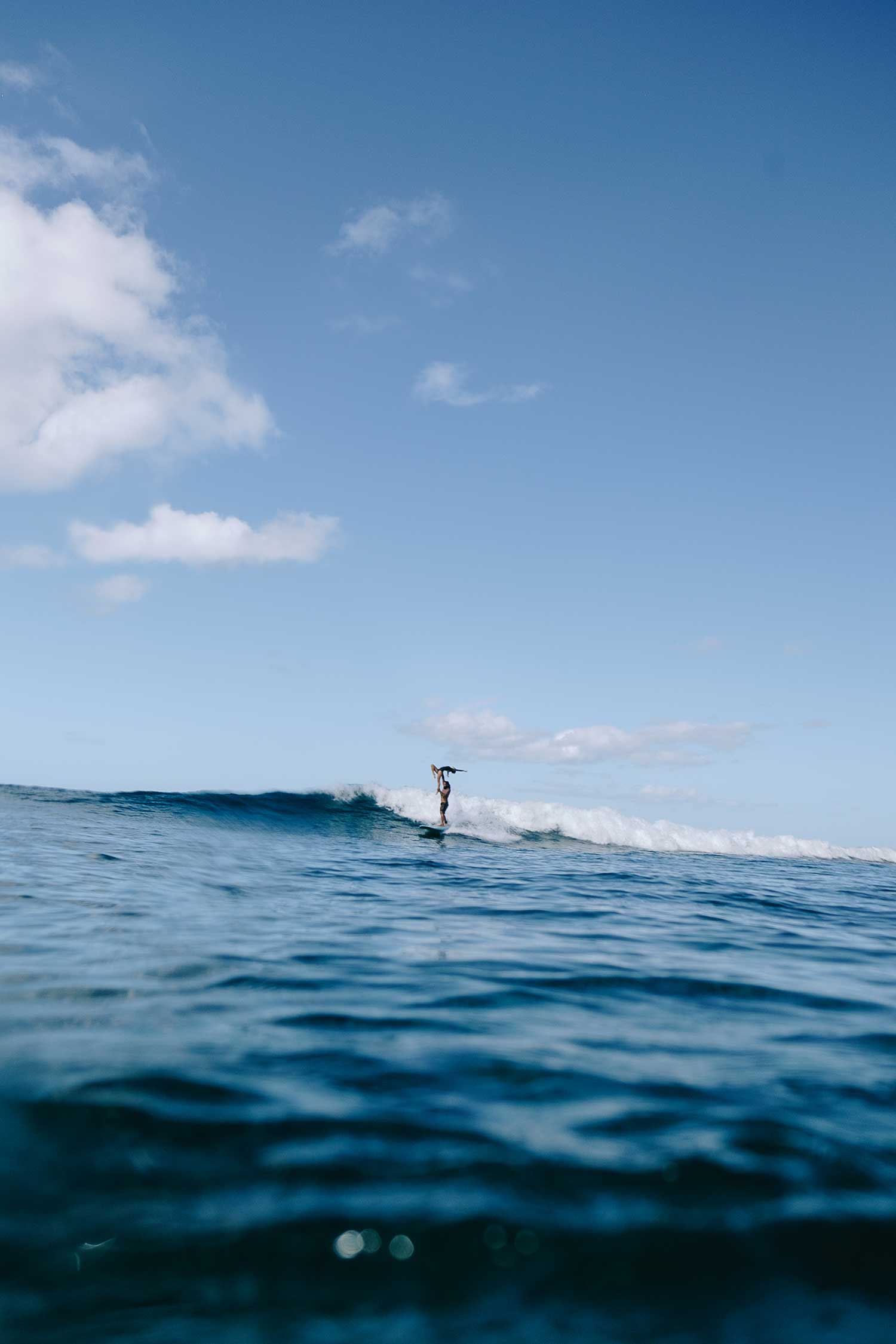
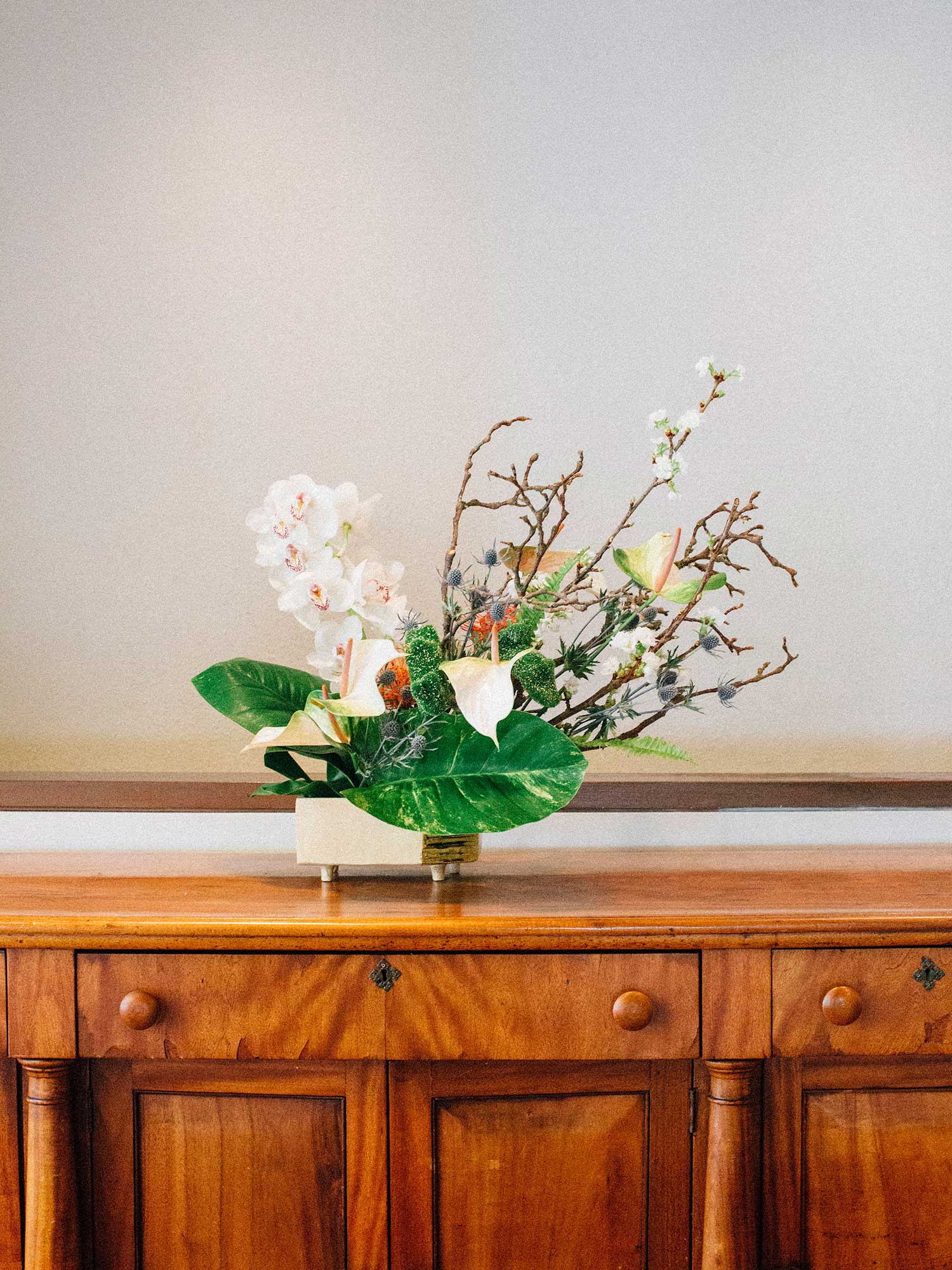
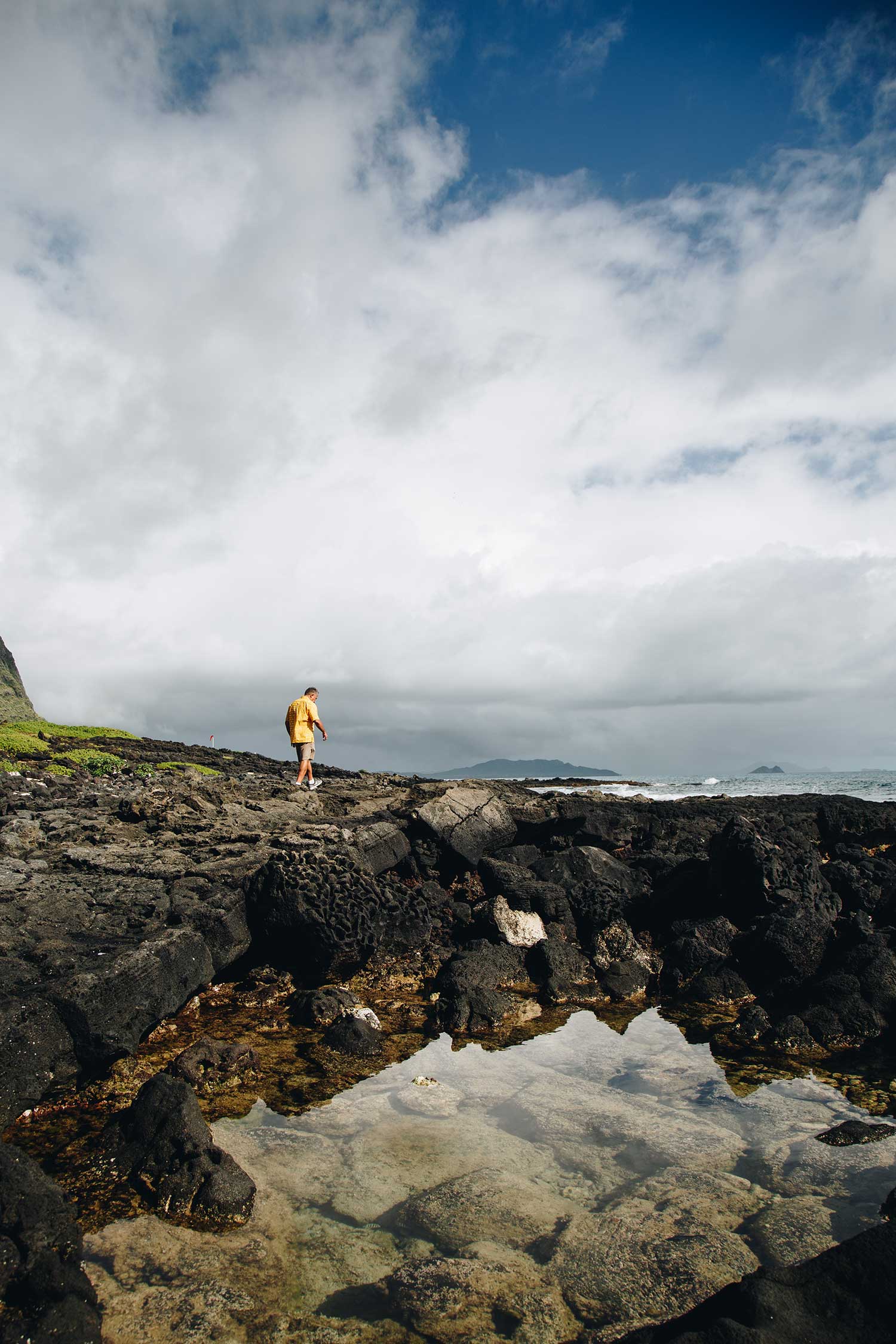
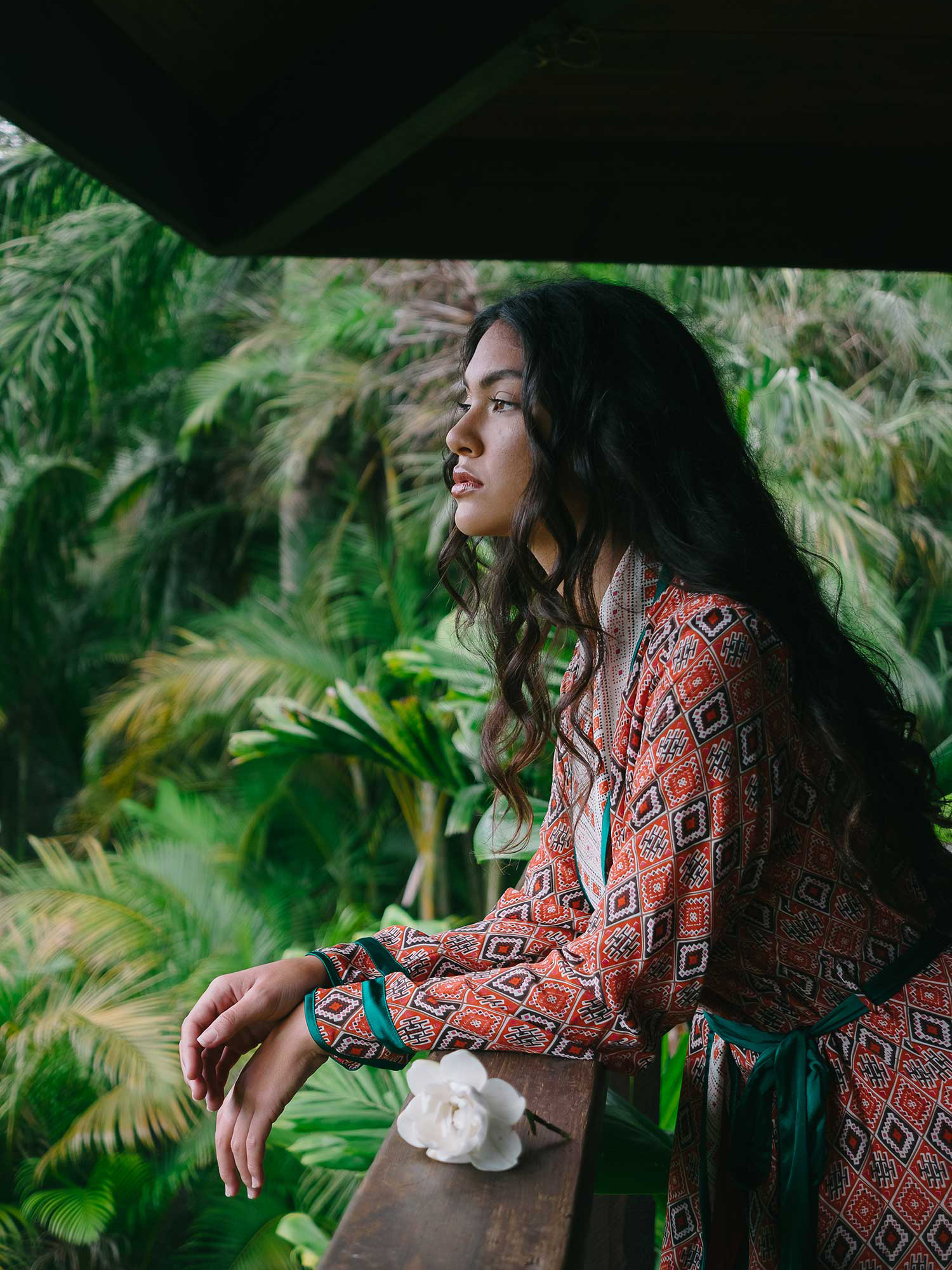
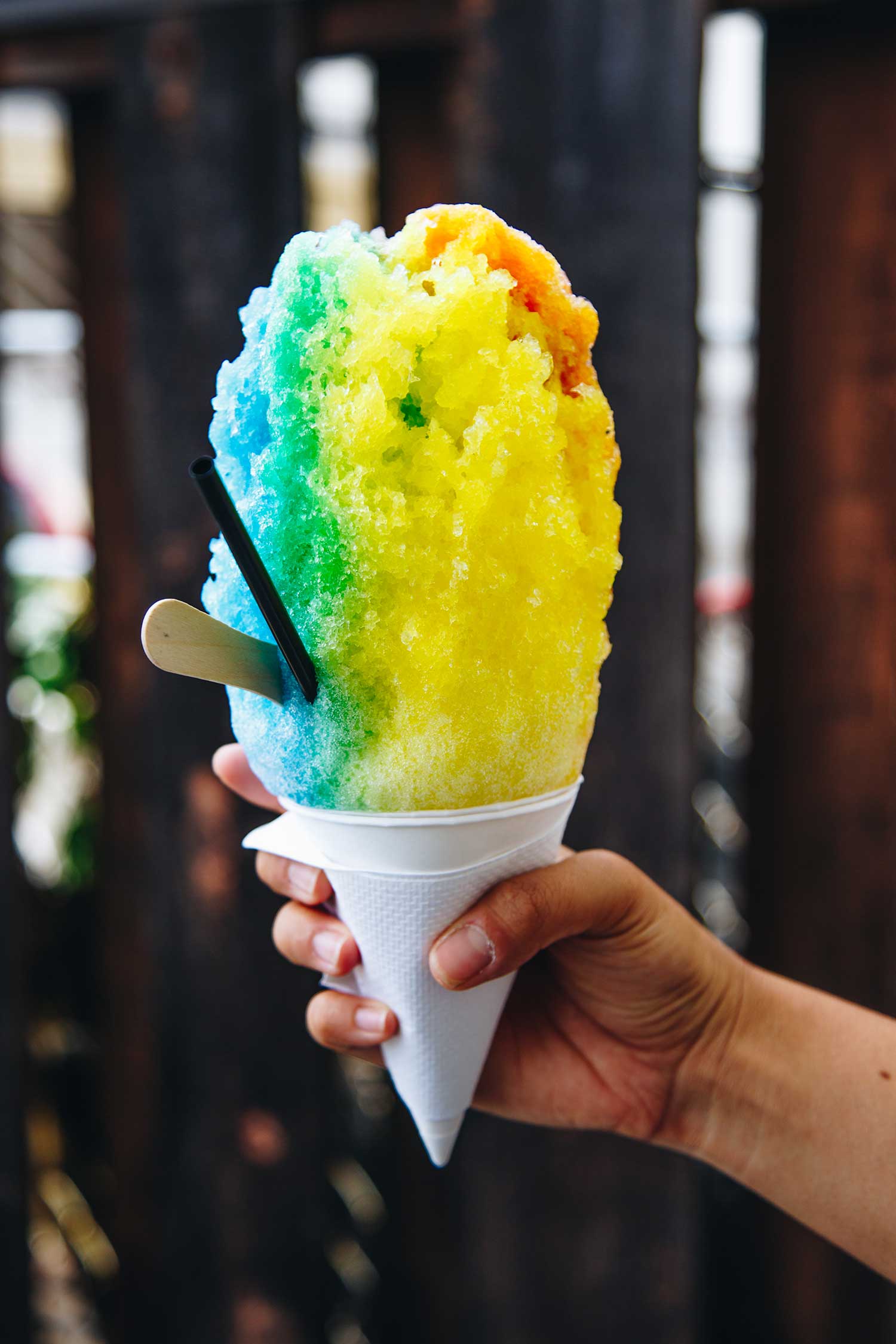
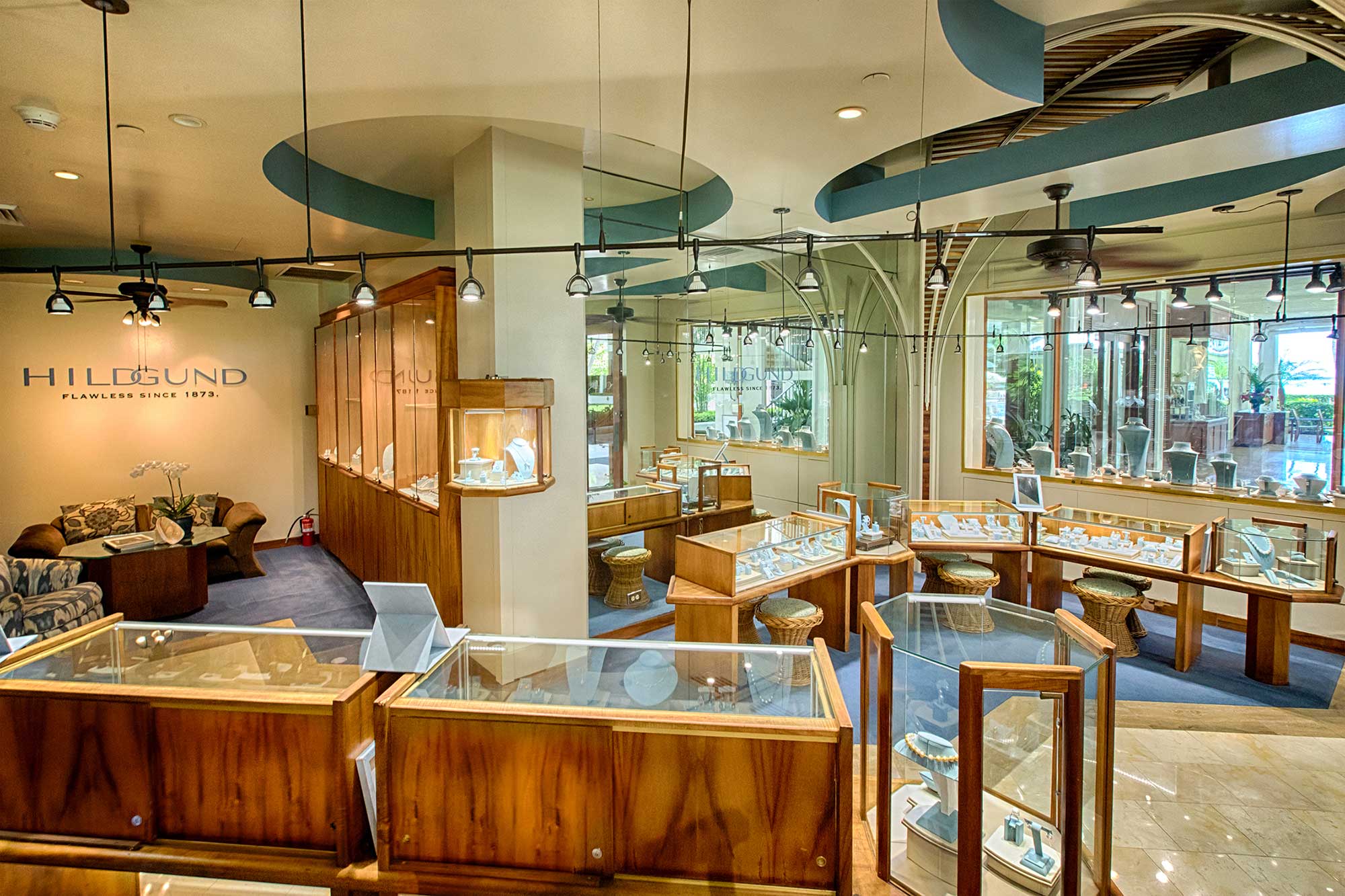
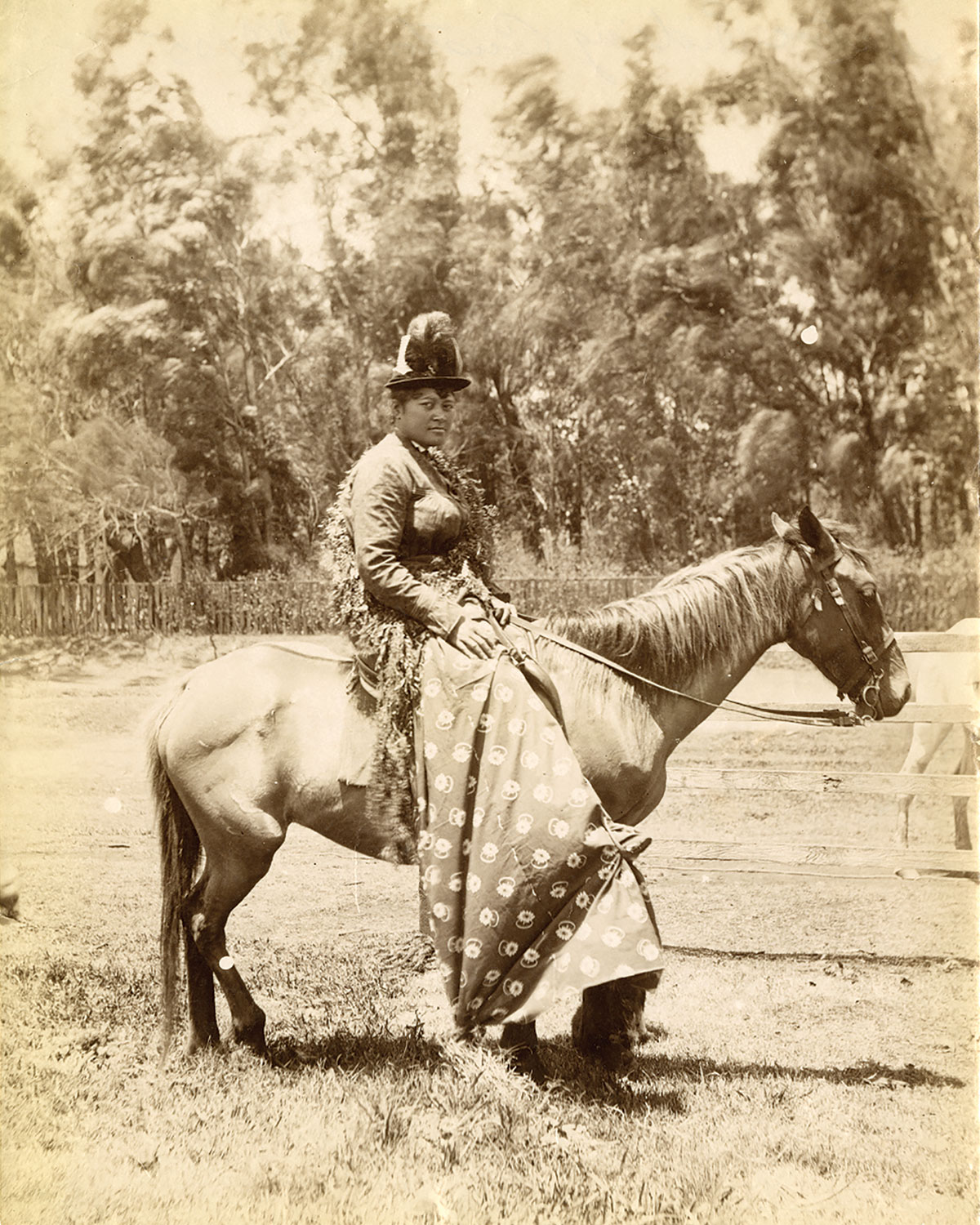
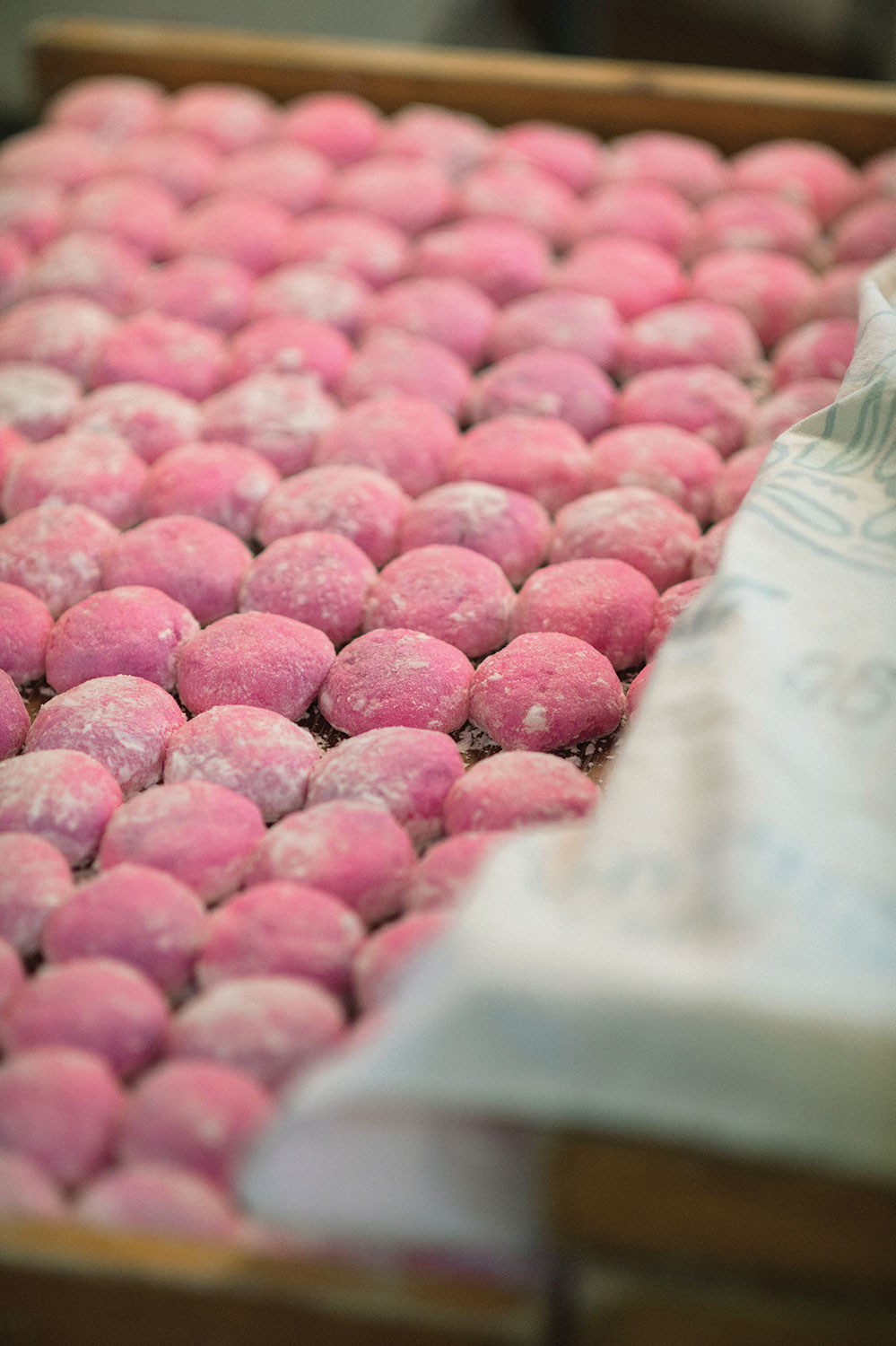
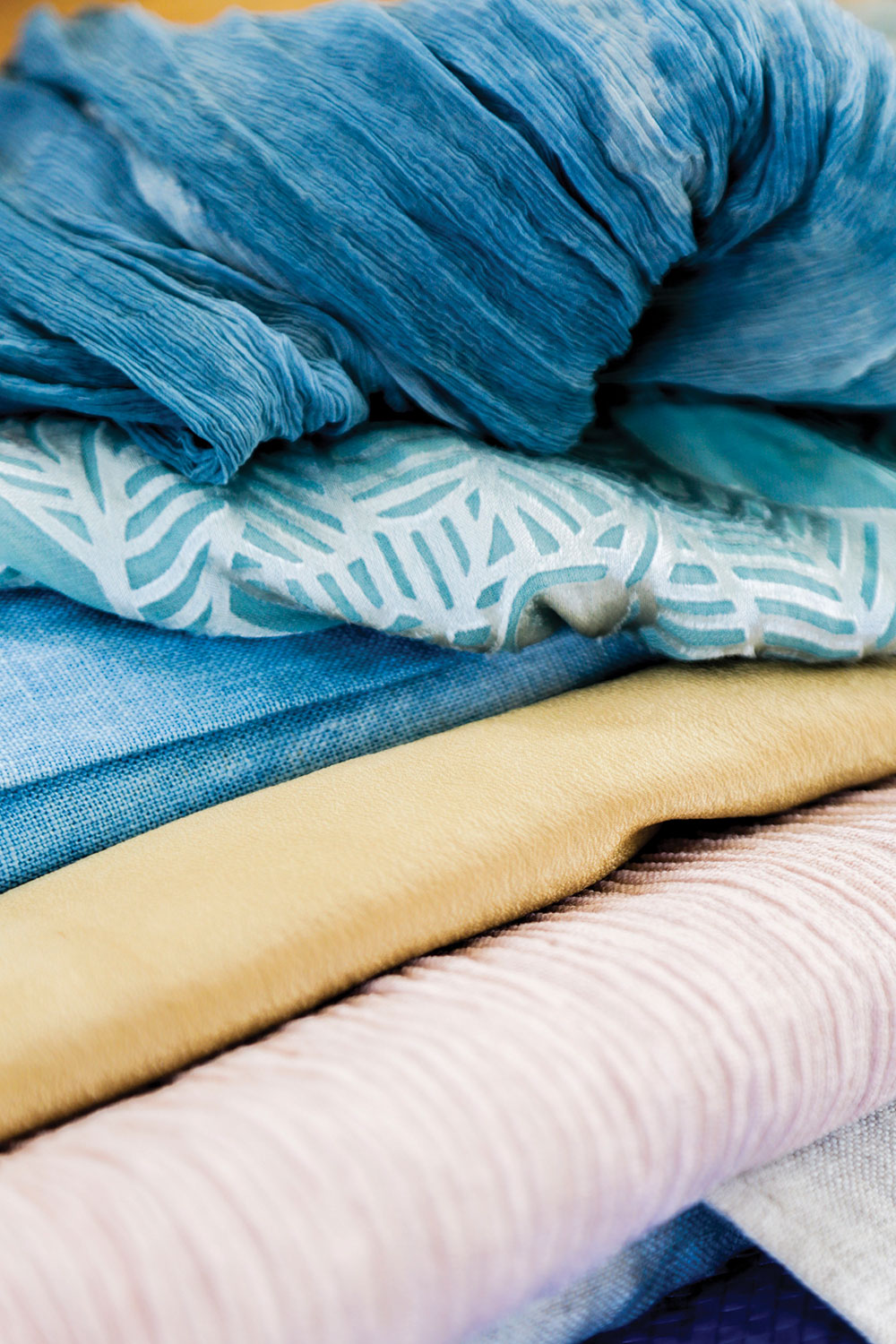
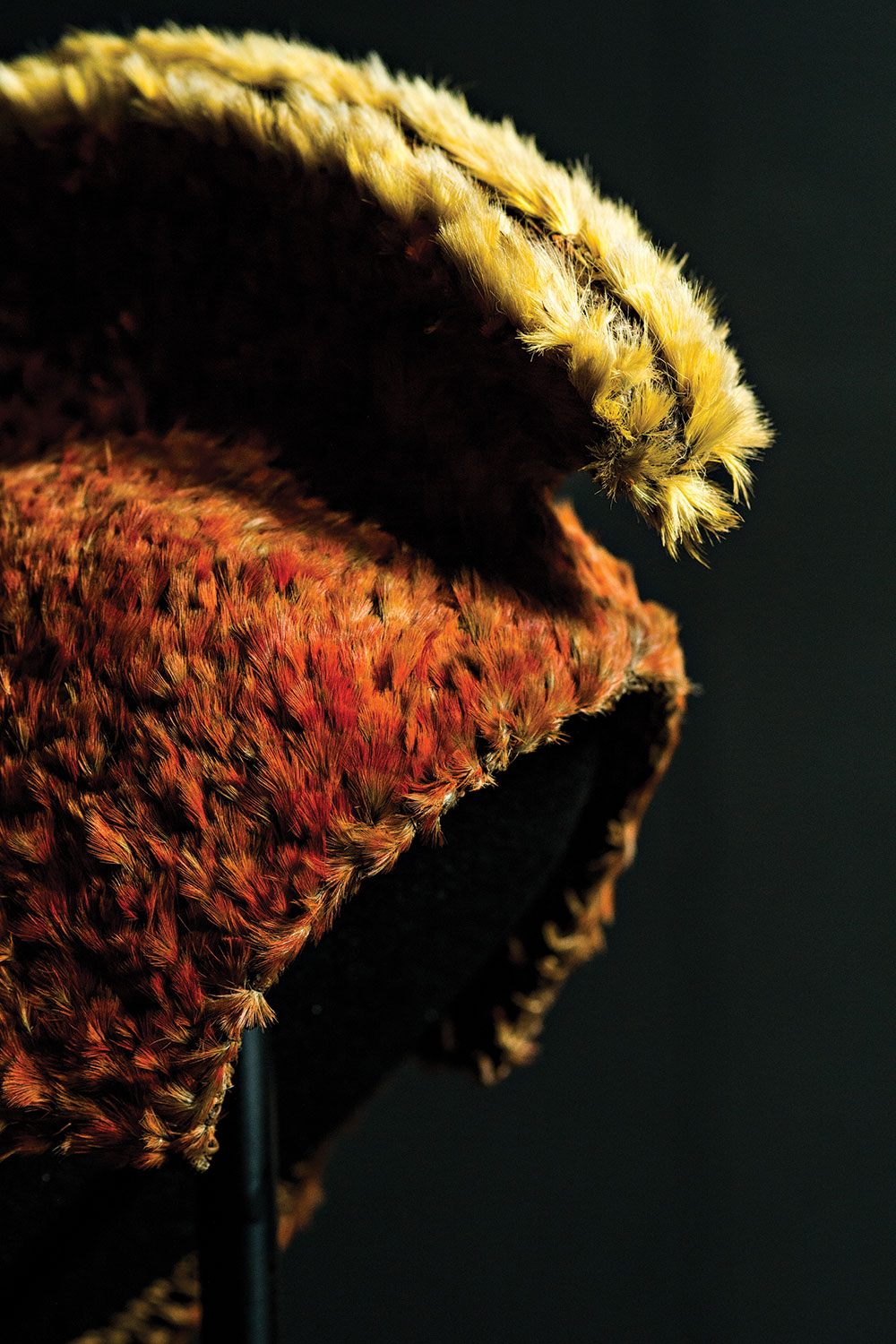
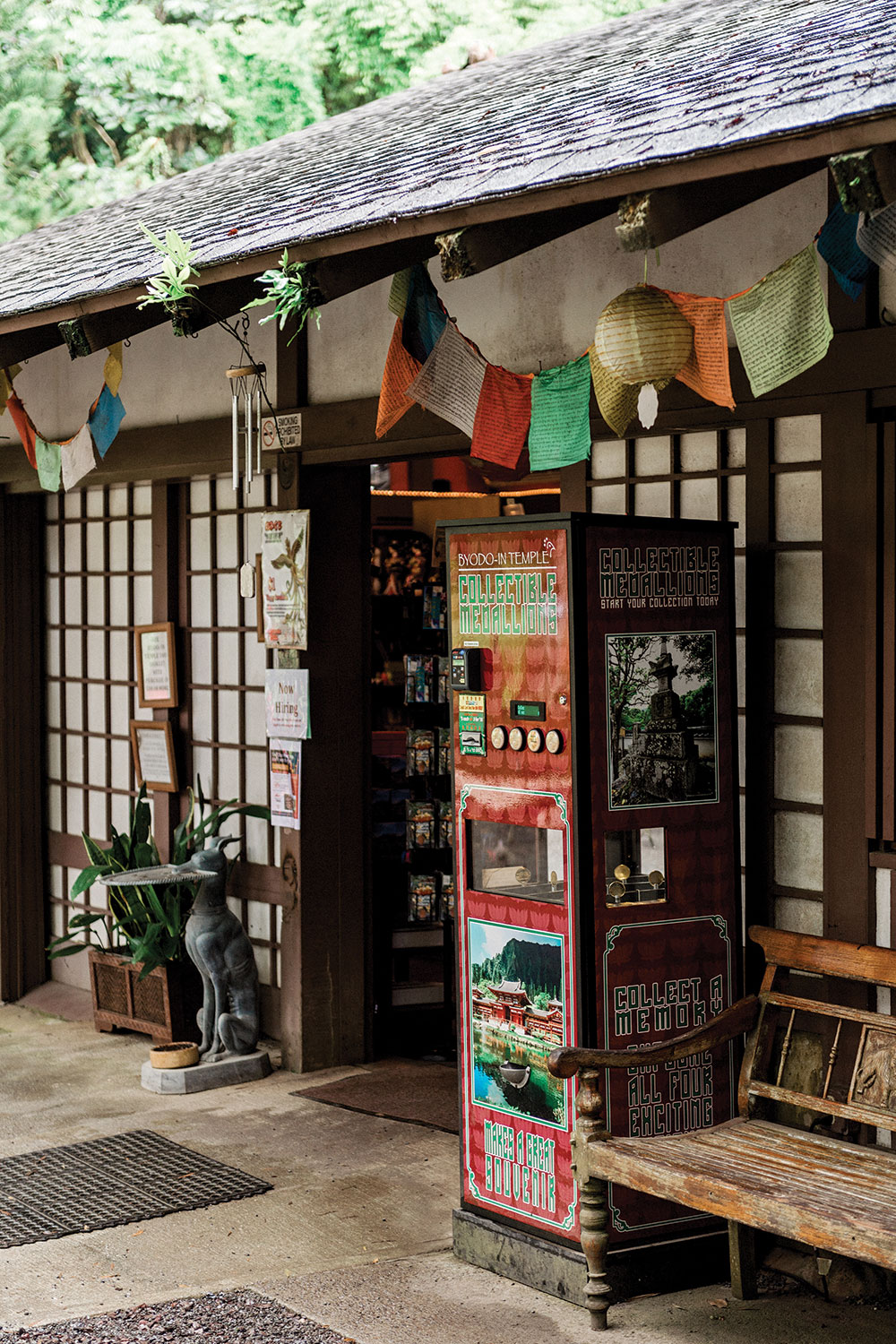
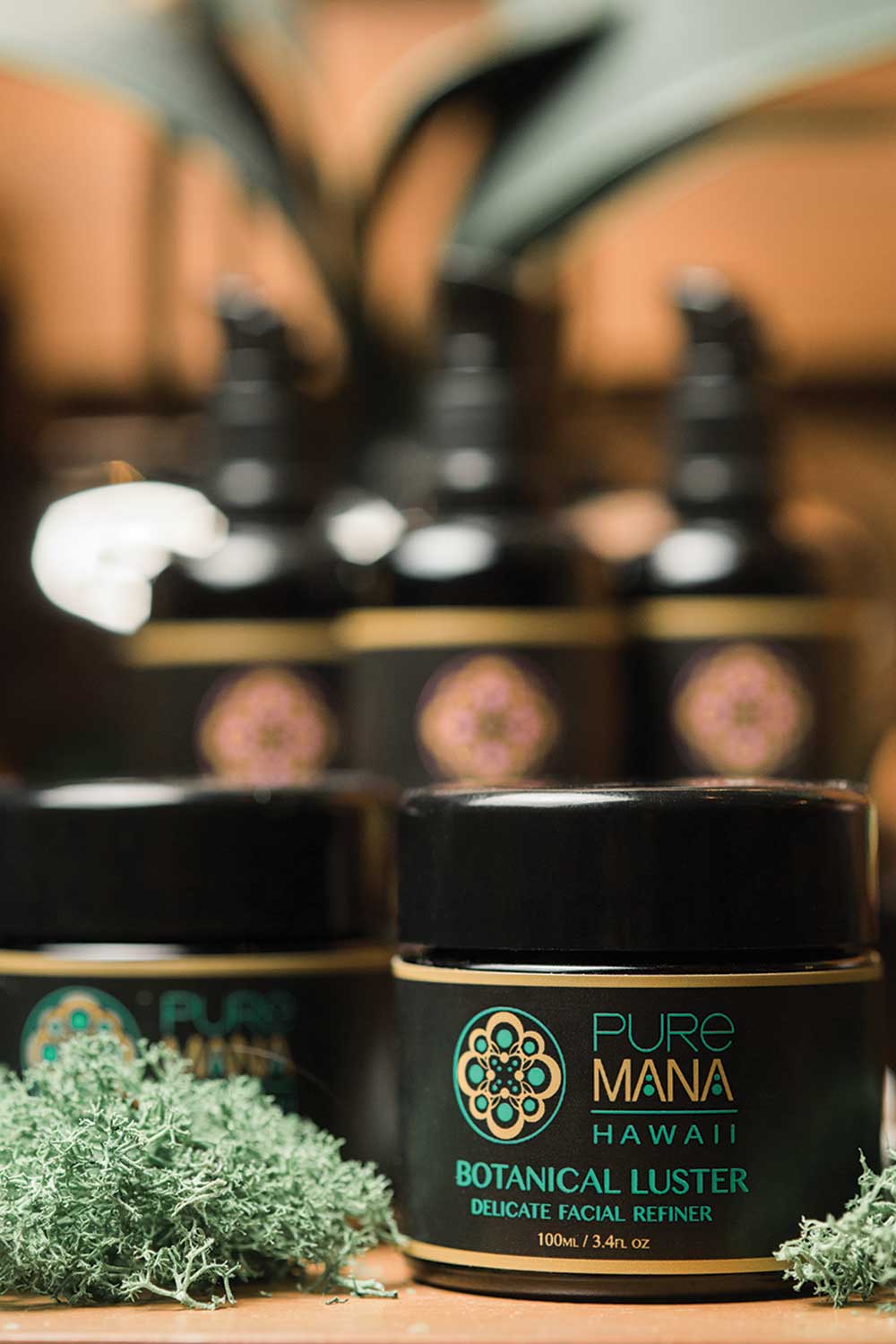
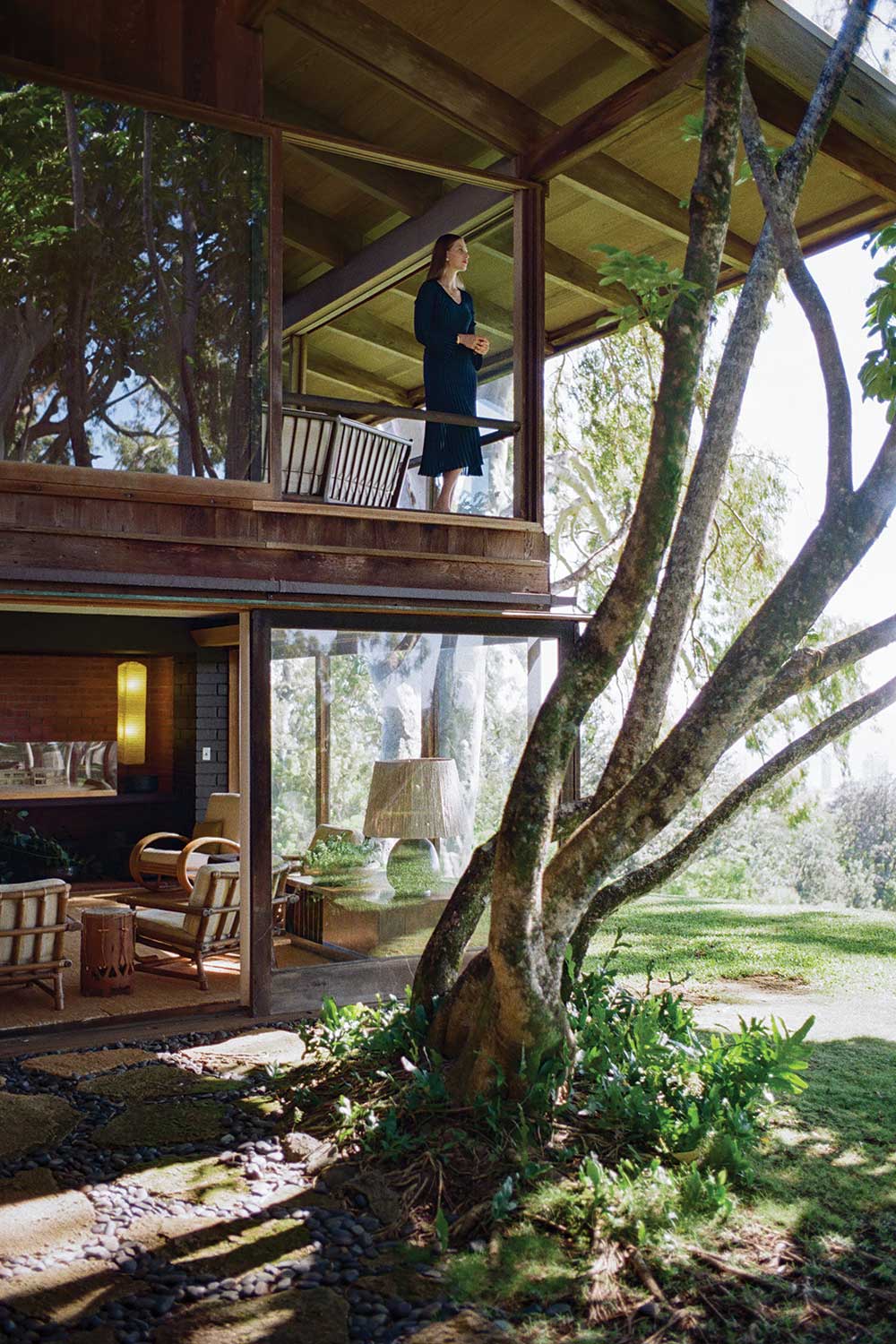
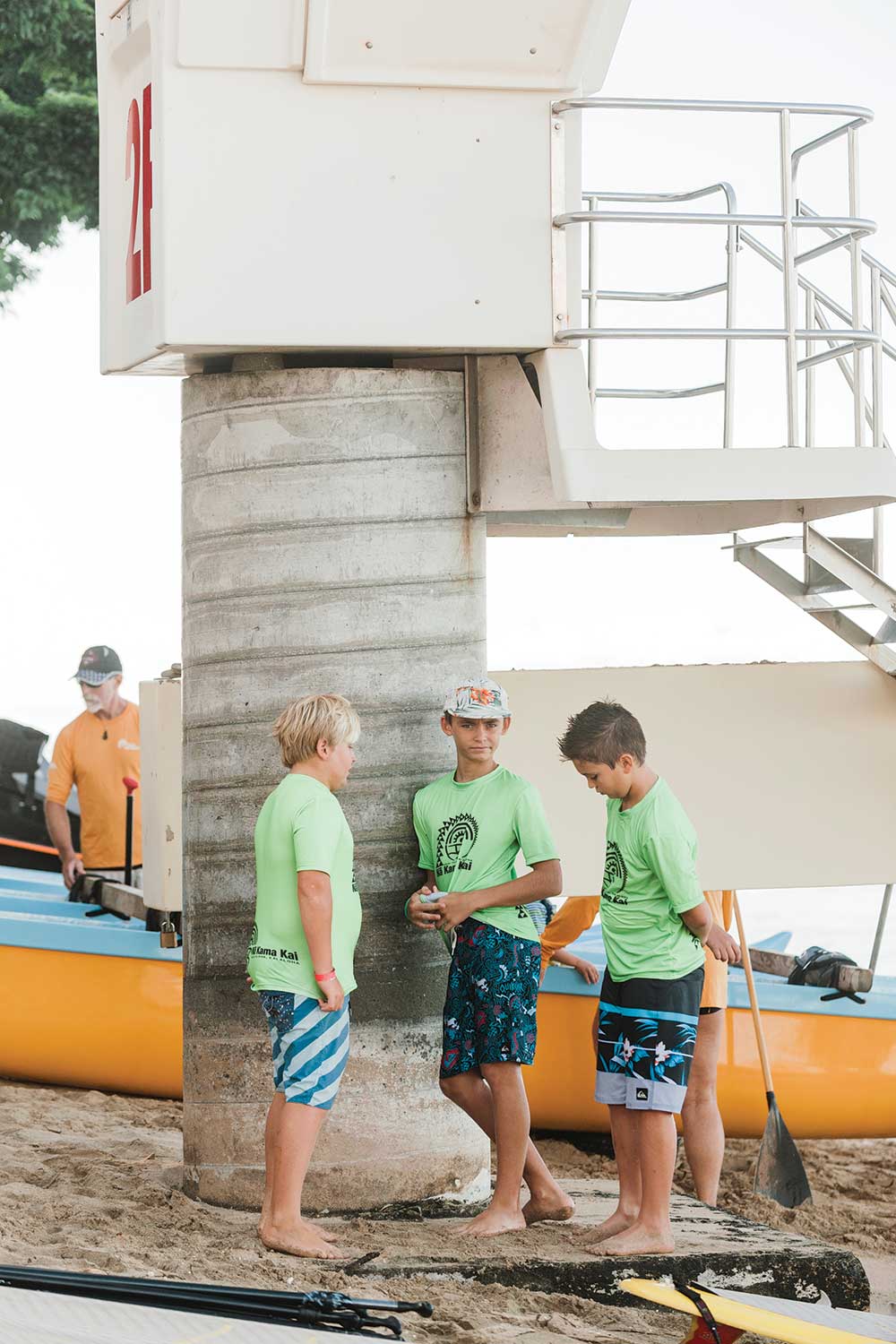
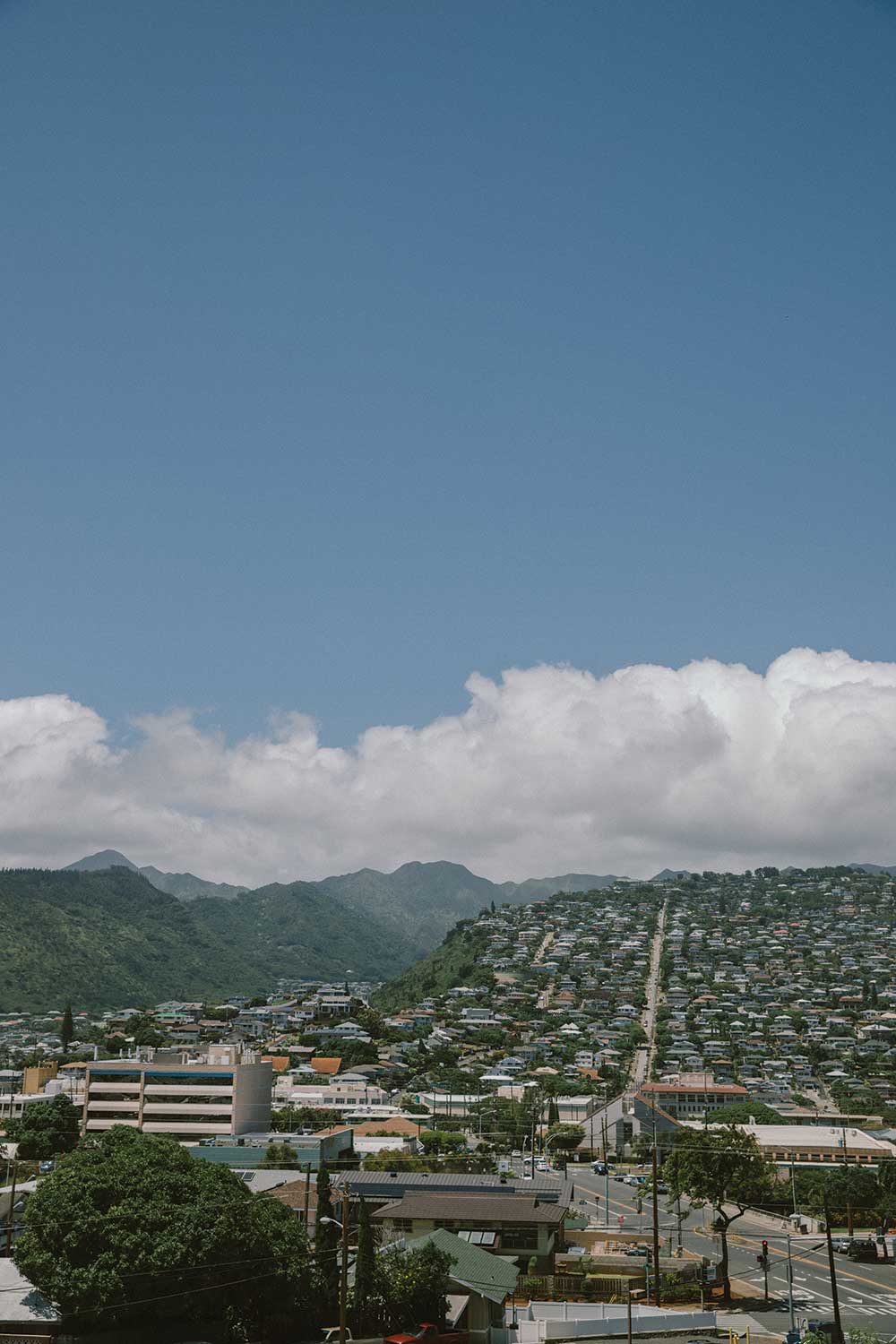

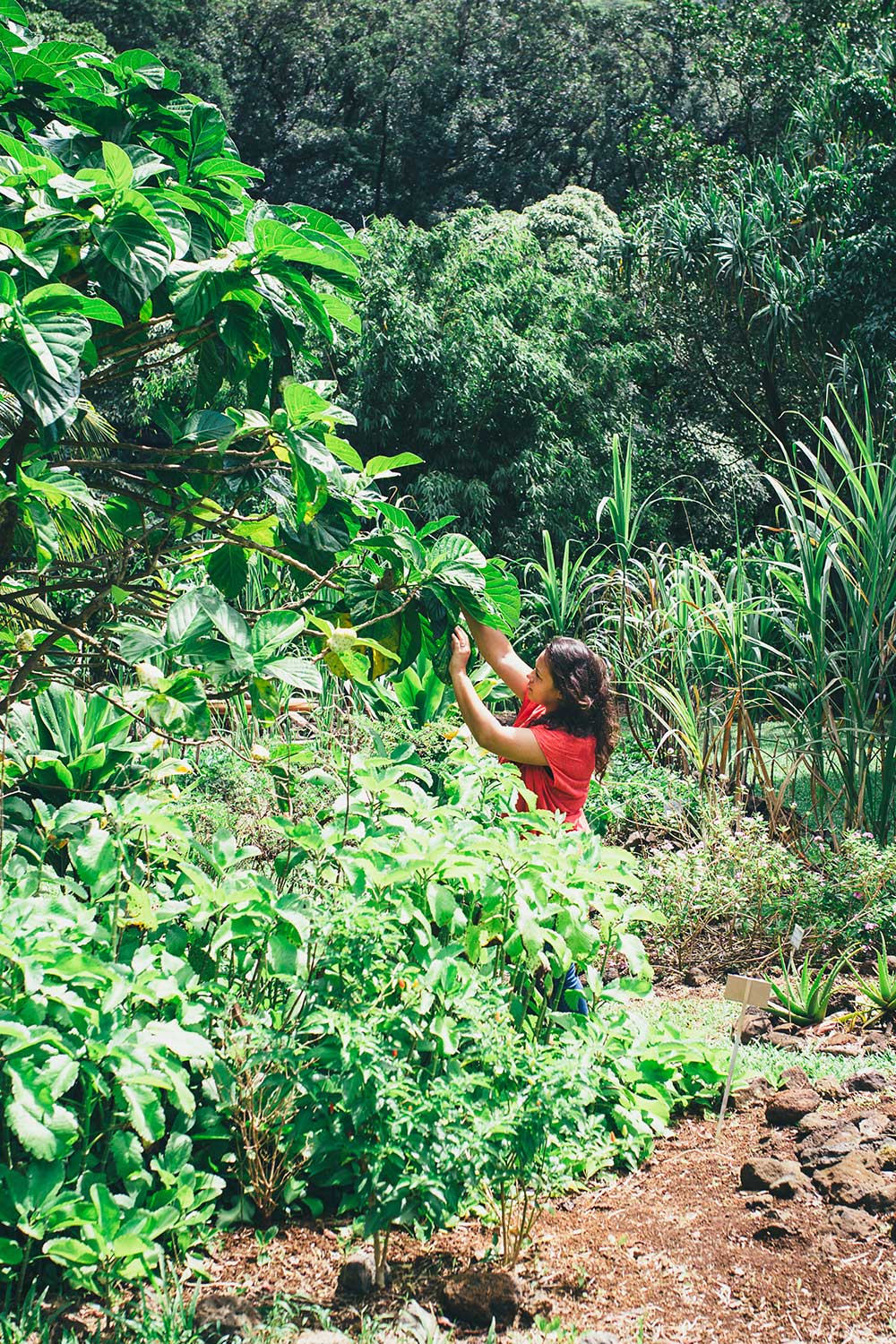

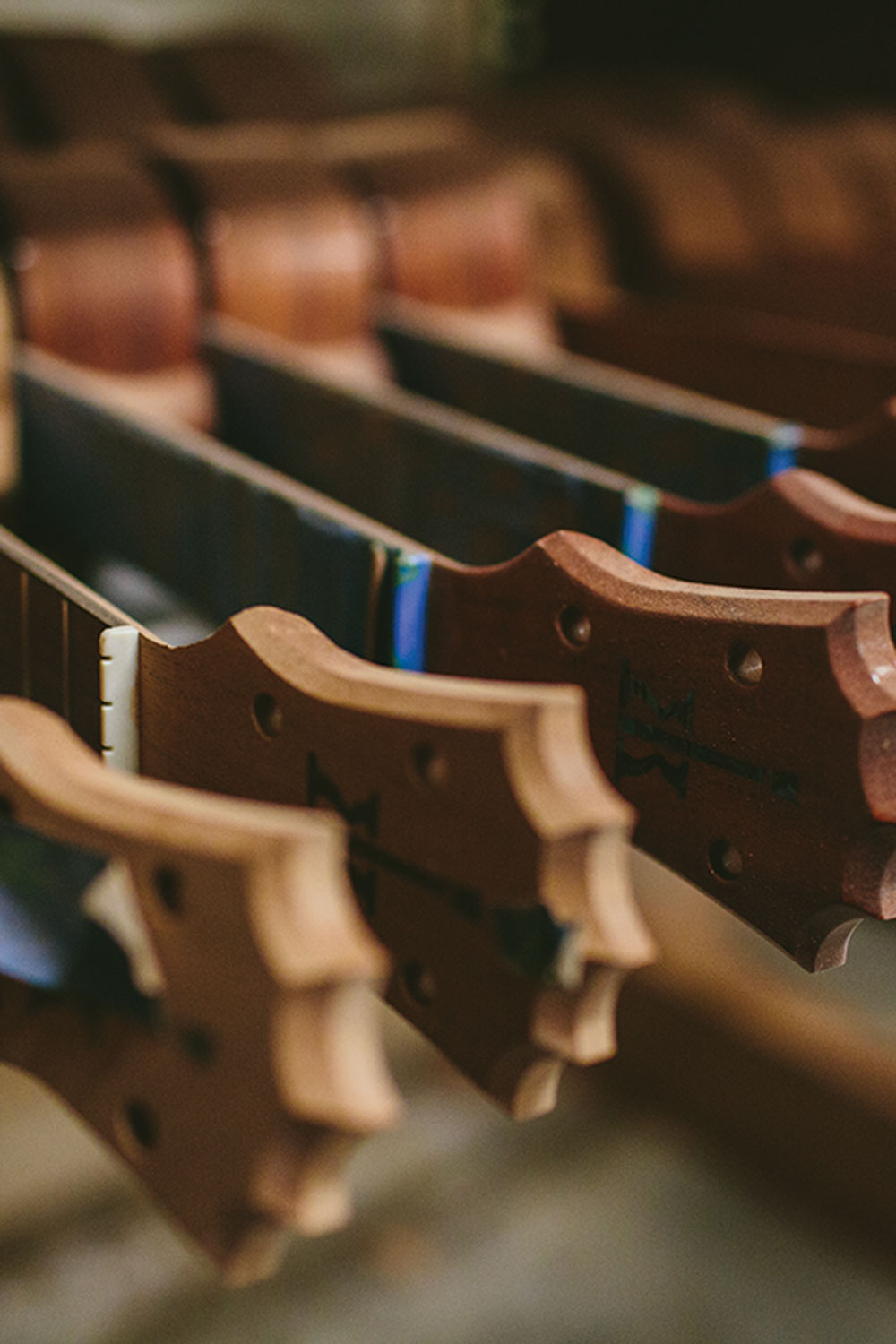
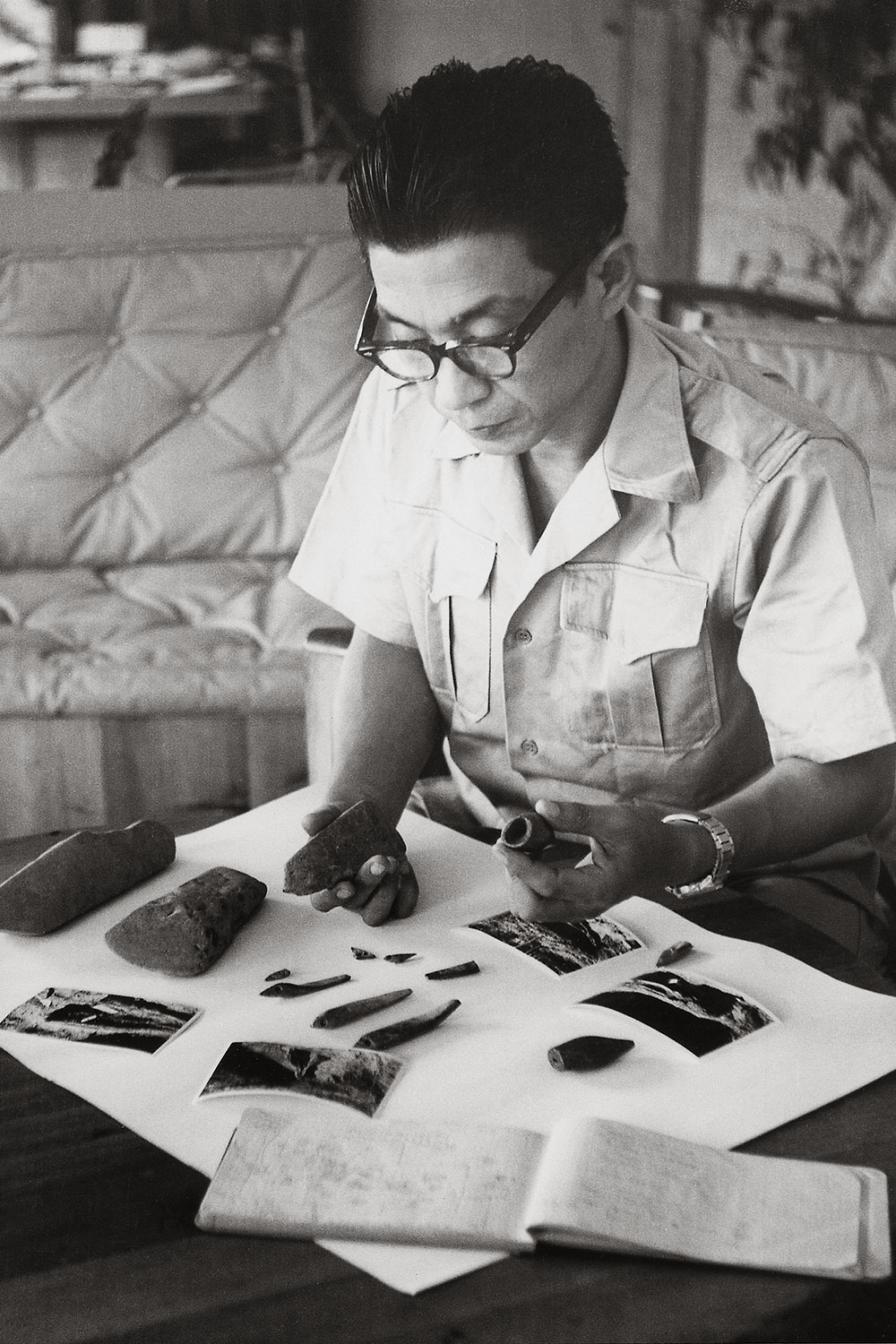
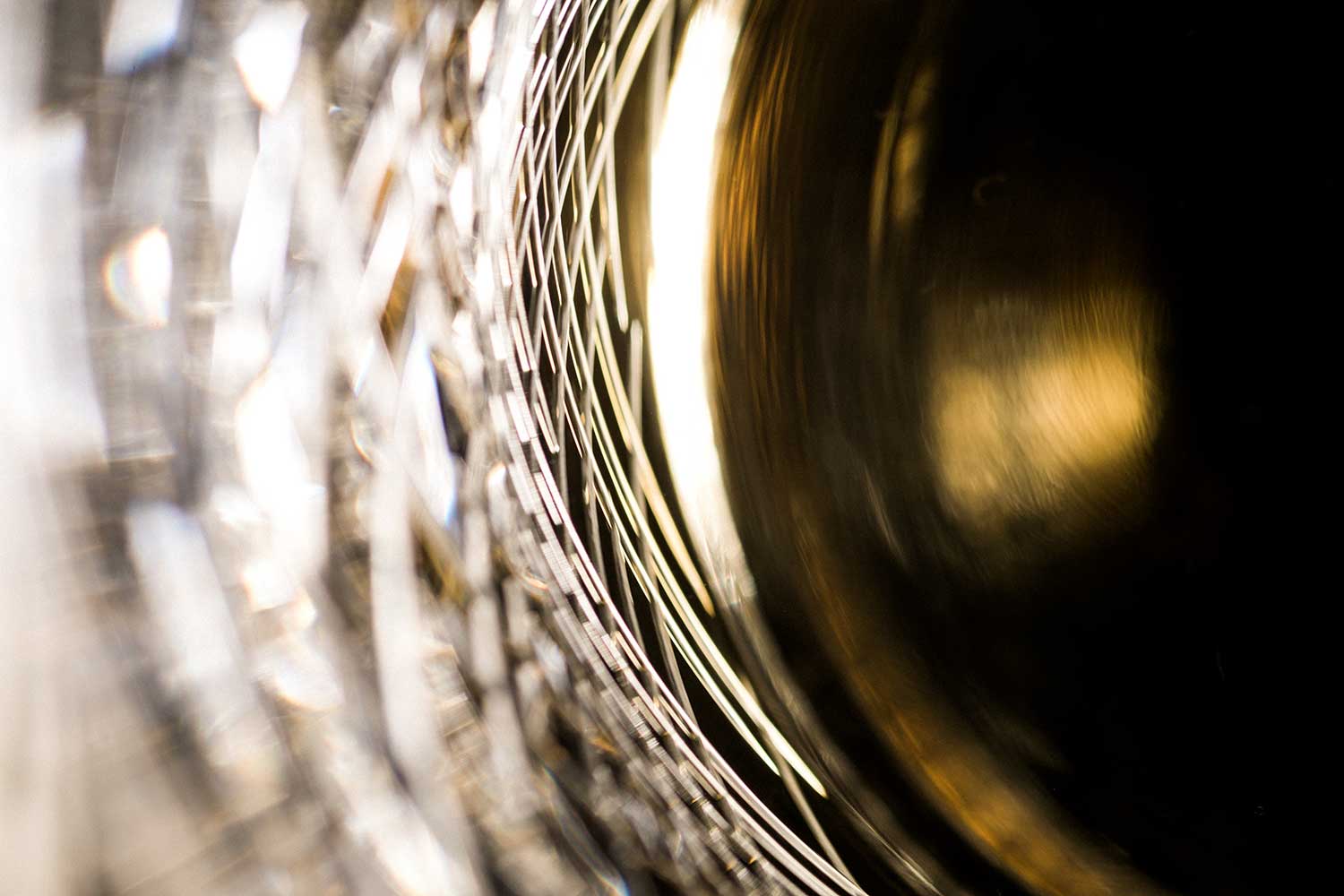





Share: